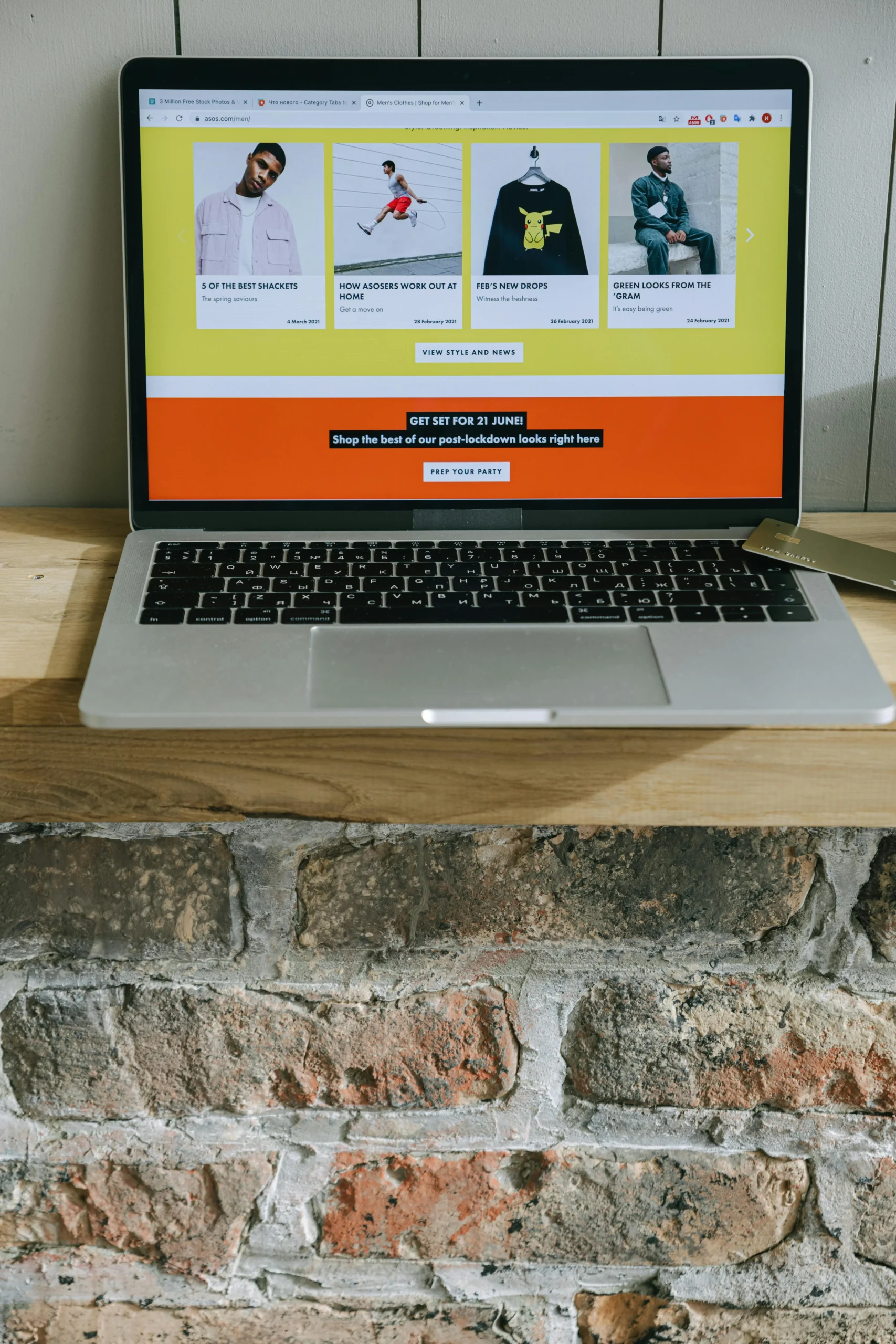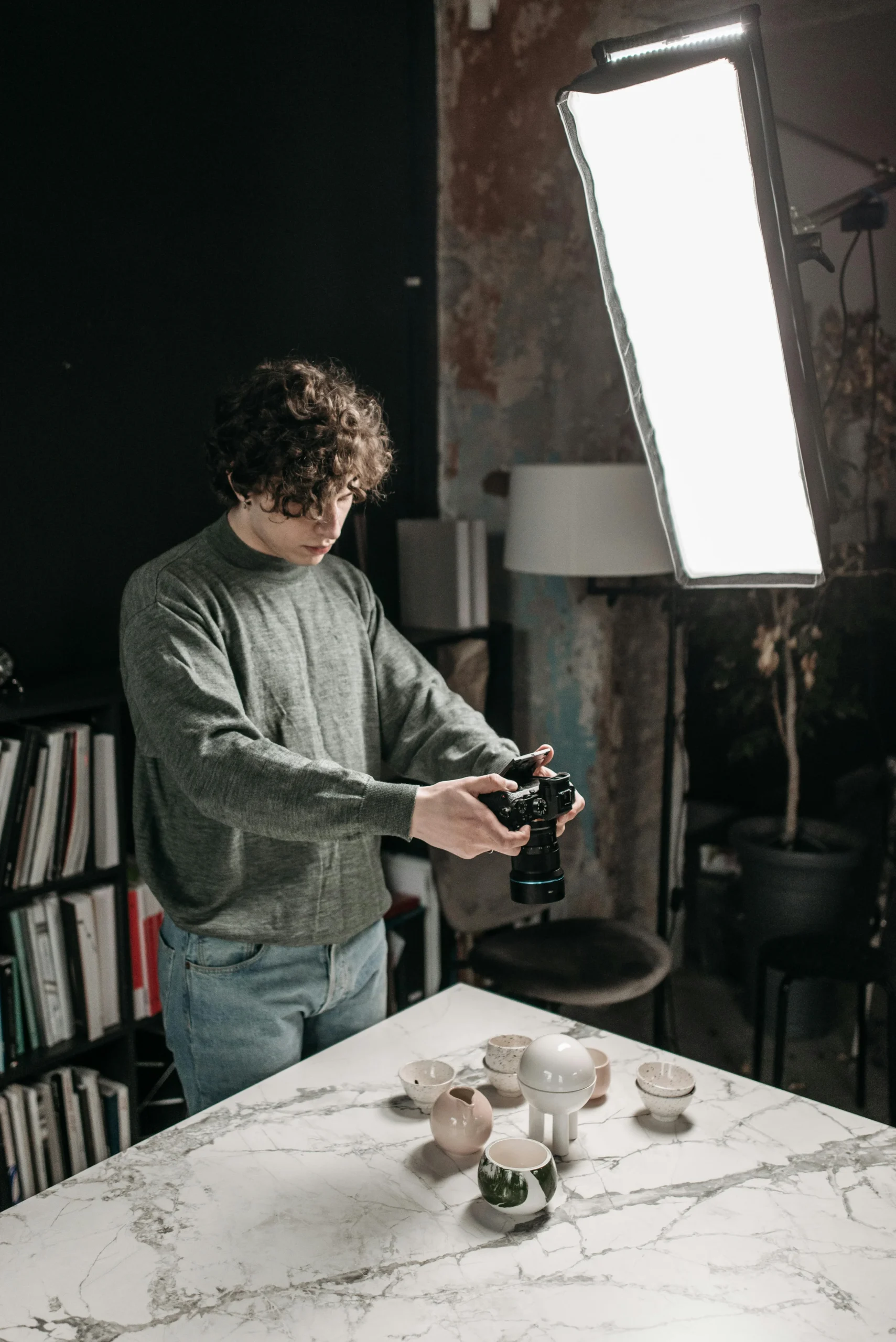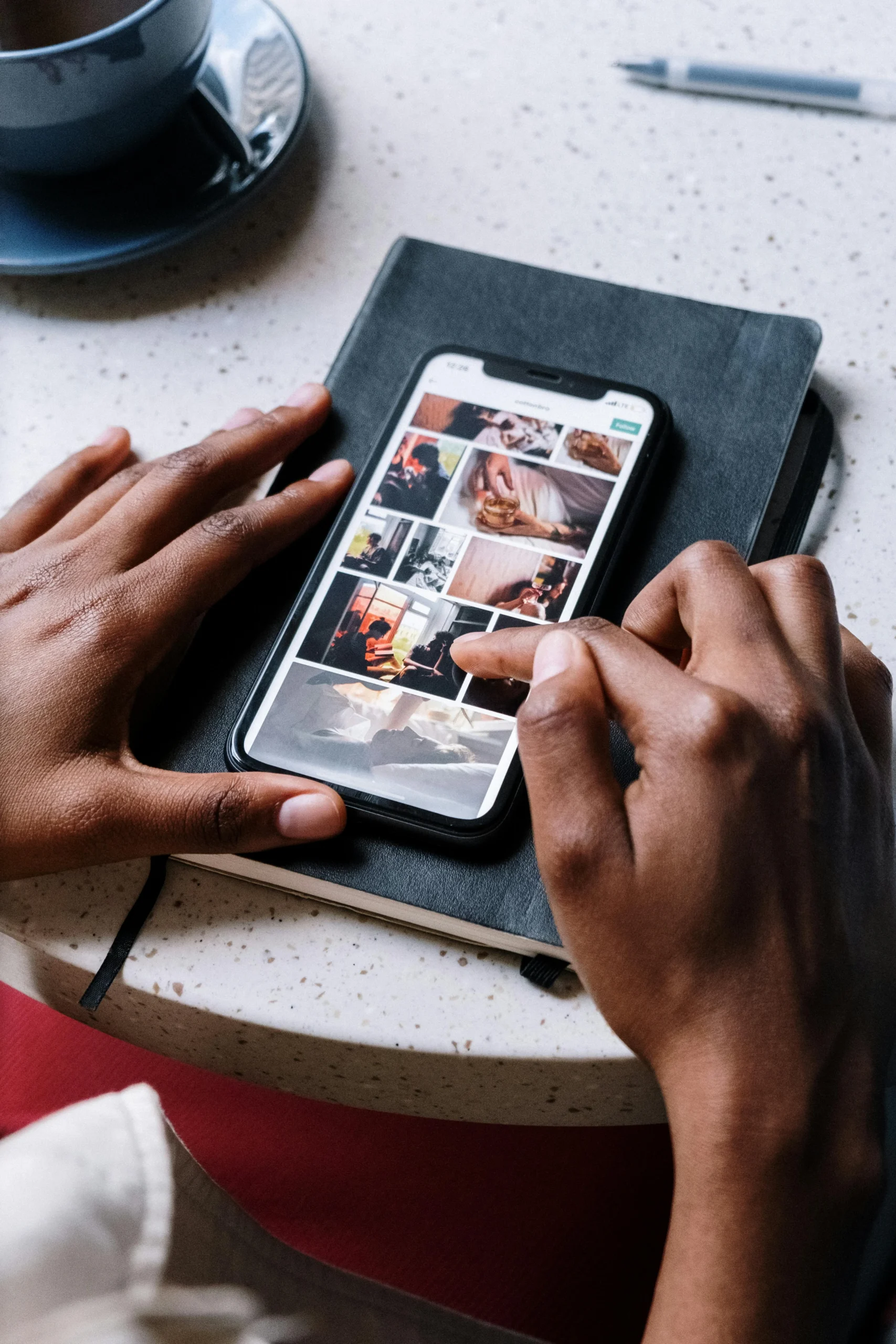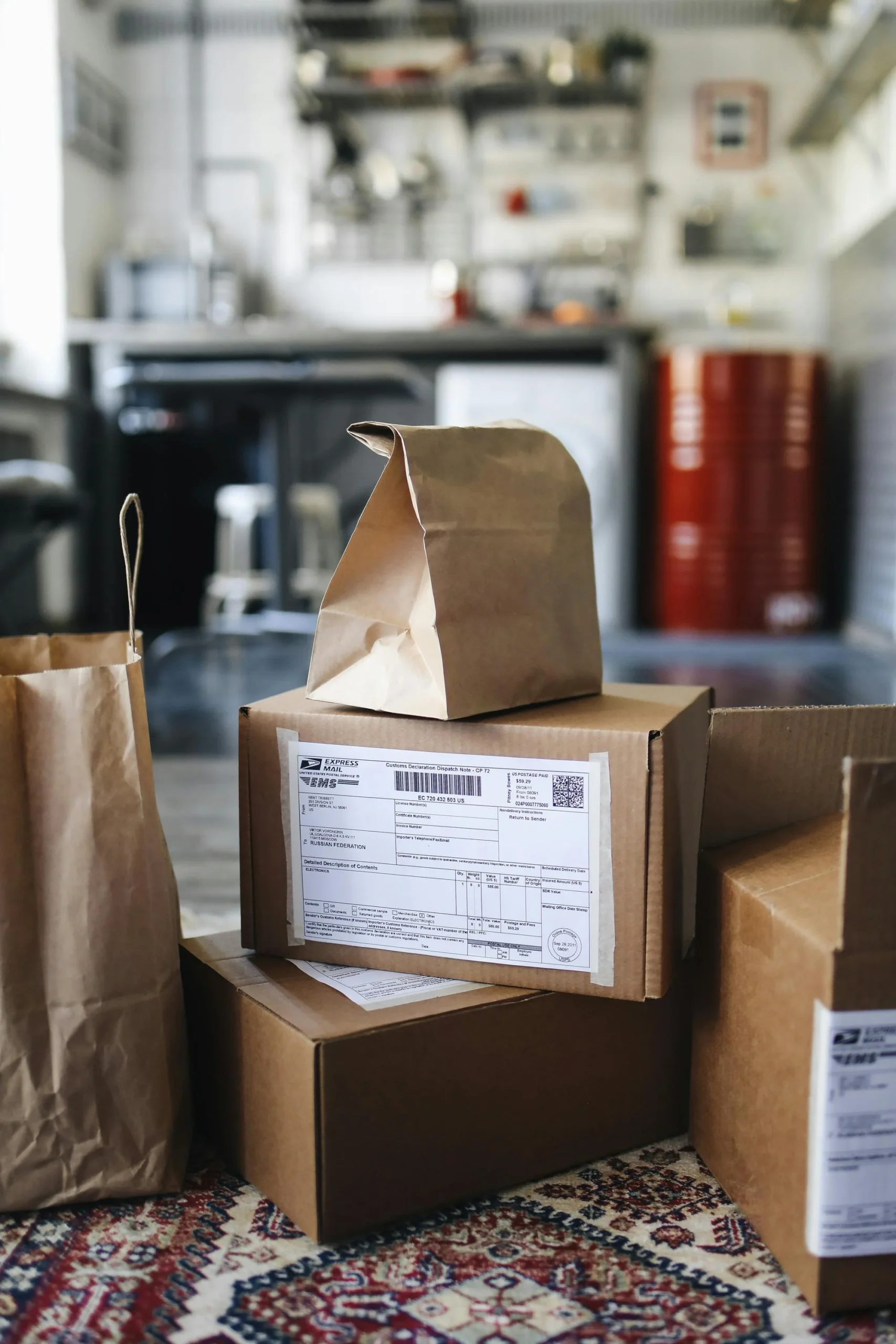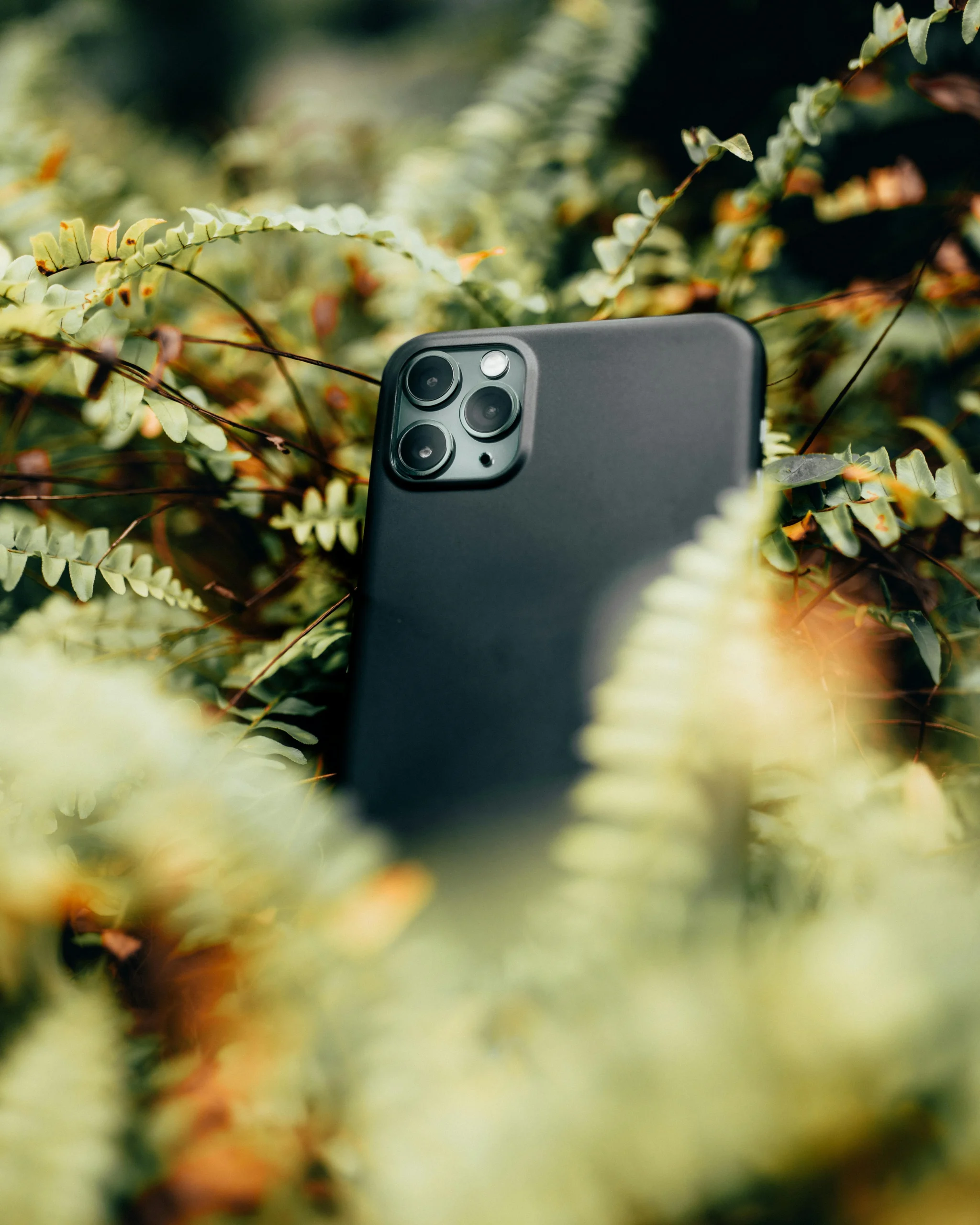You don’t need thousands in the bank to start a successful ecommerce brand.
That’s not a motivational quote. It’s a fact.
Some of the most iconic ecommerce businesses in the world — from Gymshark to Whoop to early Amazon — started with next to nothing. What they all had in common was not flashy branding or startup capital. It was something called an MVP.
Inside the Gro system, building a product-based business without blowing your savings is a core principle. And MVPs are the tool that makes it possible.
In this post, you’ll learn what an MVP is, how it applies to ecommerce, and how to build your own without spending a single pound.
What Is an MVP in Ecommerce?
MVP stands for Minimum Viable Product. It’s the scrappiest, simplest version of your product or offer that allows you to test whether real customers actually want it.
It’s not your final product. It’s not meant to be perfect.
In ecommerce, an MVP might mean:
- A basic product listing with placeholder fulfilment
- A manual system behind the scenes
- A pre-order with no inventory yet
- Or even a product idea you don’t build unless someone buys
At Gro, we say this clearly: if your MVP doesn’t make you slightly embarrassed, you’ve launched too late.
Why You Need an MVP Before You Spend a Penny
There are two paths most founders take:
Path A: Spend months and money building a full product, website, packaging and ad campaign — only to launch to silence.
Path B: Build a lean MVP, test demand, get feedback and then double down on what actually works.
Only one of those paths protects your time and your bank account.
Launching an ecommerce MVP lets you:
- Avoid over-investing in something that won’t sell
- Validate your idea with real buyers
- Collect data and feedback before manufacturing
- Start earning before you spend
And the best part? You can do it with zero upfront budget.
MVP Types for Ecommerce Founders
Here are the MVP options taught inside the Gro system, tailored for product-based businesses. Each one can be built with free tools, little effort and no money down.
- Trapdoor MVP
This is when you fully list a product on your site or store, but just before purchase, the customer is shown a message like “Sold Out” or “Coming Soon.”
Why it works:
- You get real buying intent from visitors
- You collect emails of people who were ready to purchase
- You test different product ideas side-by-side
You can do this using Shopify, WooCommerce or even a Notion page with a “Buy” button linked to an email form.
- Pre-order MVP
List the product as available for pre-order before it’s manufactured. You take payments upfront, and use those funds to produce the product.
Why it works:
- No stock required to launch
- Only build if people actually buy
- Creates urgency and anticipation
Brands like Whoop and Peak Design built multi-million pound launches this way.
- Dropship MVP
Use a dropshipping model to sell products under your brand without touching inventory. When someone orders, the supplier ships directly to the customer.
Why it works:
- Zero upfront cost
- Lets you test product-market fit
- You can switch to your own product later once validated
Note: Focus on niche audiences and high perceived value to stand out.
- Crowdfunding MVP
Use platforms like Kickstarter to pitch your product, raise funds and validate demand — all before manufacturing anything.
Why it works:
- Builds community around the idea
- Raises capital from customers
- Generates press and word-of-mouth
It’s great for innovative or premium products with a unique angle.
- Outsourced MVP
Use print-on-demand, private label or third-party manufacturers to create and fulfil your first orders.
Why it works:
- Faster launch without long lead times
- No need to hold stock at home
- Lets you focus on testing positioning
Examples include using Printful, Gelato, or White Label suppliers via Faire.
- Wizard of Oz MVP
Behind the scenes, everything is manual — but to the customer, it looks automated.
For example:
- You list a bundle on your site
- When someone buys, you go to local suppliers or Amazon to manually assemble and ship it
Why it works:
- You learn the full fulfilment process without setup costs
- You get real customers and feedback
- It helps shape future systems
Even Jeff Bezos started Amazon this way, manually packing books from a garage.
What Tools Can You Use for Free?
You don’t need expensive platforms or agencies. Here’s how to launch your MVP with free or cheap tools:
- Canva (free): Create product images, branding and visuals
- Notion or Google Docs (free): Build your landing page or order form
- Stripe (free): Accept payments with custom links
- Instagram or TikTok (free): Post content and attract early interest
- Linktree or Milkshake (free): Turn your bio into a mini store
- Google Sheets (free): Track leads, orders and customer feedback
You do not need a full ecommerce website to sell your first product. The goal is to test quickly, learn fast and then decide if it’s worth building properly.
When to Move Past Your MVP
Your MVP’s job is to answer one question: Do people want this?
Once you’ve got evidence of real demand, consistent interest or pre-orders — that’s your green light to:
- Improve your product
- Invest in better fulfilment or packaging
- Build a proper store
- Scale your marketing
If your MVP flops, that’s not failure. That’s a gift. You’ve avoided wasting months and money on something that wasn’t going to work.
Refine, adjust, try again.
Final Thoughts: Build Fast, Learn Faster
If you’ve been sitting on a product idea waiting for the “right time” or “enough money,” this is your sign to get started now.
Use what you have.
Build the scrappy version.
Put it in front of people.
Because the fastest path to success in ecommerce is not finding the perfect idea. It’s launching something simple, testing it with real buyers and learning as fast as you can.
At Gro, this mindset is built into every module, every session and every framework.
You don’t need more time.
You don’t need more money.
You just need to start.


